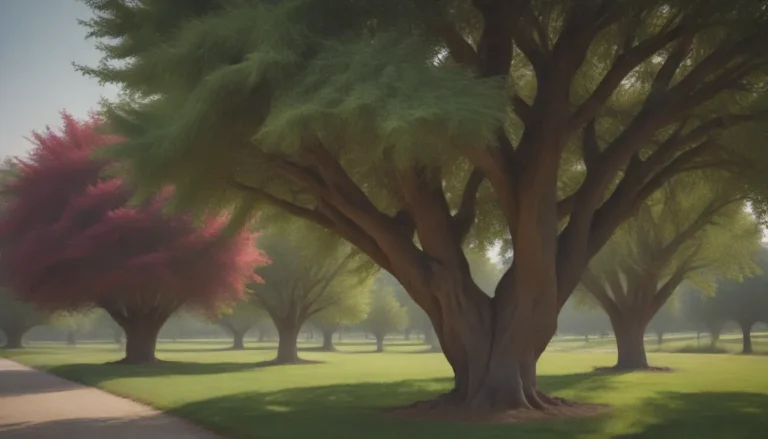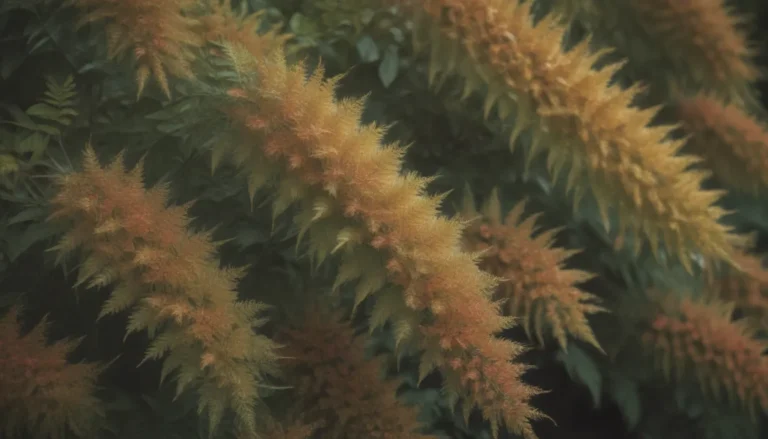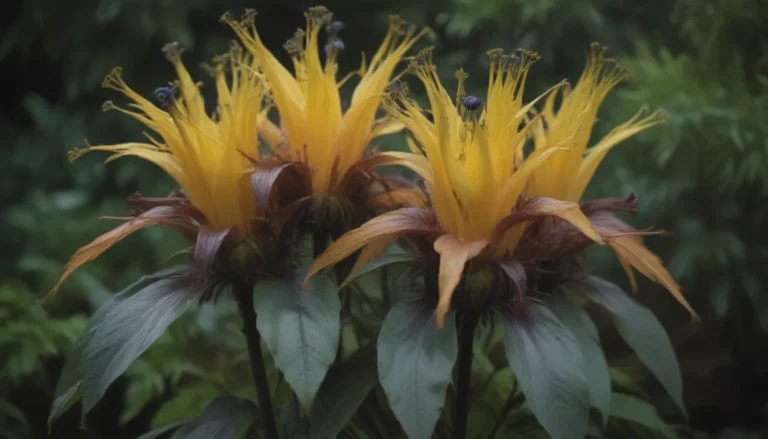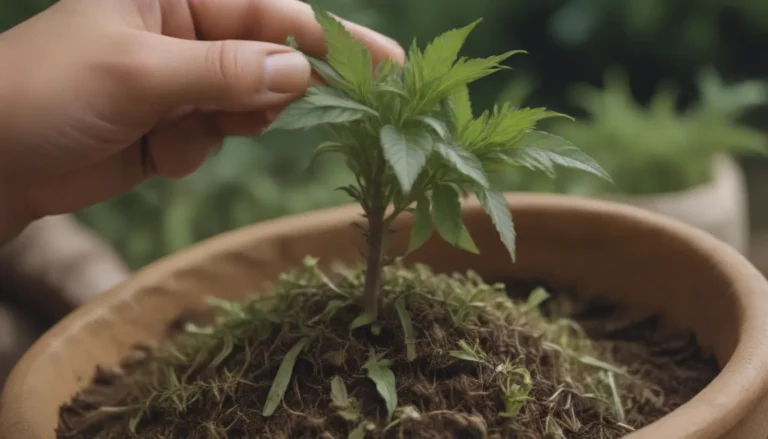How Long Does Grass Seed Last?

As a homeowner, it’s common to have a stash of grass seed stored away for those moments when your lawn needs a little extra care. But have you ever wondered if grass seed can go bad over time? The short answer is yes, but the longevity of grass seed depends on various factors. In this comprehensive guide, we will explore the viability of grass seeds, the factors that affect their longevity, and tips on how to store and use them effectively.
Understanding the Viability of Grass Seeds
The germination rates of grass seeds can vary significantly depending on the type of grass and how they are stored. Typically, new grass seeds have an initial germination rate of around 80%, which can decline by 10% each year when stored in optimal conditions. This means that after three years, the germination rate of stored grass seeds may drop to 50%.
To determine the germination rate of your specific grass variety, check the information provided on the grass seed package. It’s essential to be aware of these rates to understand how effective your grass seed will be when used.
Factors Affecting Seed Viability
The viability of grass seed, like any other type of seed, is greatly influenced by how it is stored. Unfortunately, many homeowners store their grass seed in less-than-ideal conditions, which can affect its longevity. Some key factors that can impact seed viability include:
- Seed moisture: Excess moisture can cause seeds to mold or rot, reducing their viability.
- Storage temperature: Extreme temperatures can also affect the germination rates of seeds.
- Storage humidity: High humidity levels can lead to mold growth and reduce the shelf life of seeds.
Tips for Storing Grass Seed
To ensure your grass seed remains viable for as long as possible, follow these storage recommendations:
- Use a sealed container: Store your grass seed in a tightly sealed plastic bag or container to prevent moisture from affecting the seeds.
- Choose a cool, dry location: Keep your grass seed in a cool, dry place to maintain its viability. Consider storing it indoors rather than in a hot garage or shed.
- Monitor humidity levels: The drier the relative humidity, the longer your seeds will last. Consider storing them in a refrigerator for optimal longevity.
- Perform a viability test: To check if your grass seed is still viable, look for signs such as uniform color, fresh smell, and firm appearance. You can also conduct a float test or plant seeds to see if they sprout.
By following these storage tips, you can extend the shelf life of your grass seed and ensure it remains effective for years to come.
Making the Most of Older Grass Seed
If you find yourself with older grass seed on hand, there are still ways to use it effectively. While the germination rate may be lower than fresh grass seed, you can compensate for this by overseeding or reseeding with a higher quantity of seed. Additionally, consider the following tips for using older grass seed:
- Top seeding: Use older grass seed for top seeding bare patches in your lawn.
- Mix with new seed: Combine older grass seed with fresh seed to improve germination rates.
- Early spring or late summer: The best times to overseed a lawn are in early spring and late summer when temperatures are ideal for seed germination.
By being strategic in how you use older grass seed, you can still achieve a lush and healthy lawn without the need to purchase new seed.
Conclusion
In conclusion, grass seed can go bad over time, but with proper storage and care, you can extend its shelf life and maintain its viability for several years. By understanding the factors that influence seed viability, following storage recommendations, and knowing how to effectively use older grass seed, you can ensure your lawn remains healthy and green. Next time you reach for that bag of grass seed in your garage or shed, you can do so with confidence knowing that it’s still good to use. Happy seeding!





